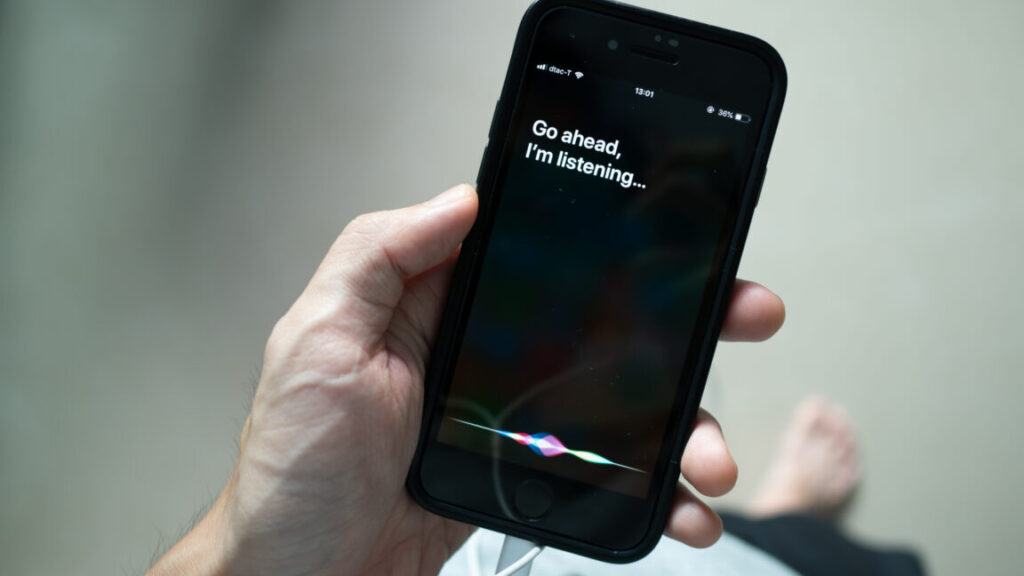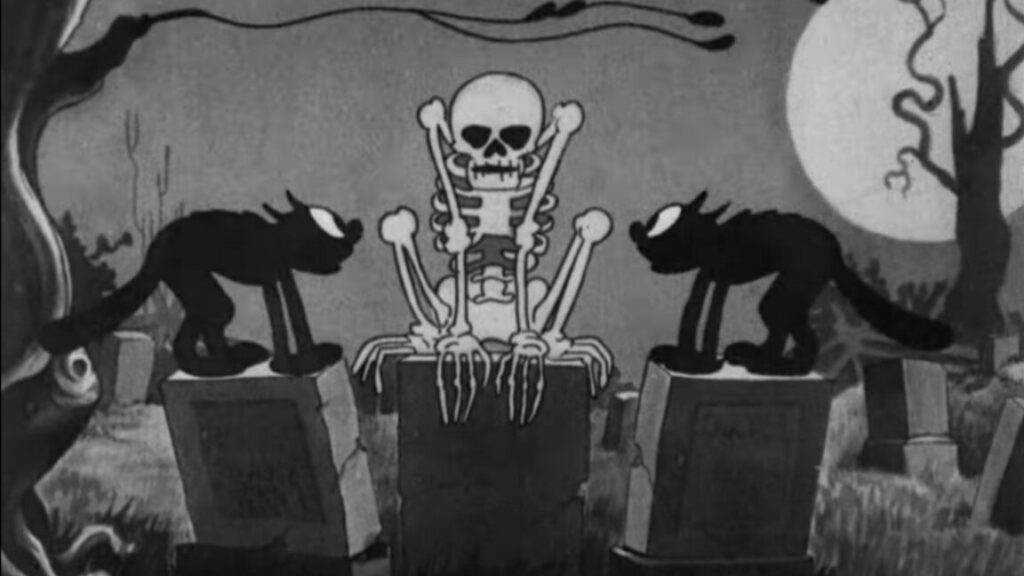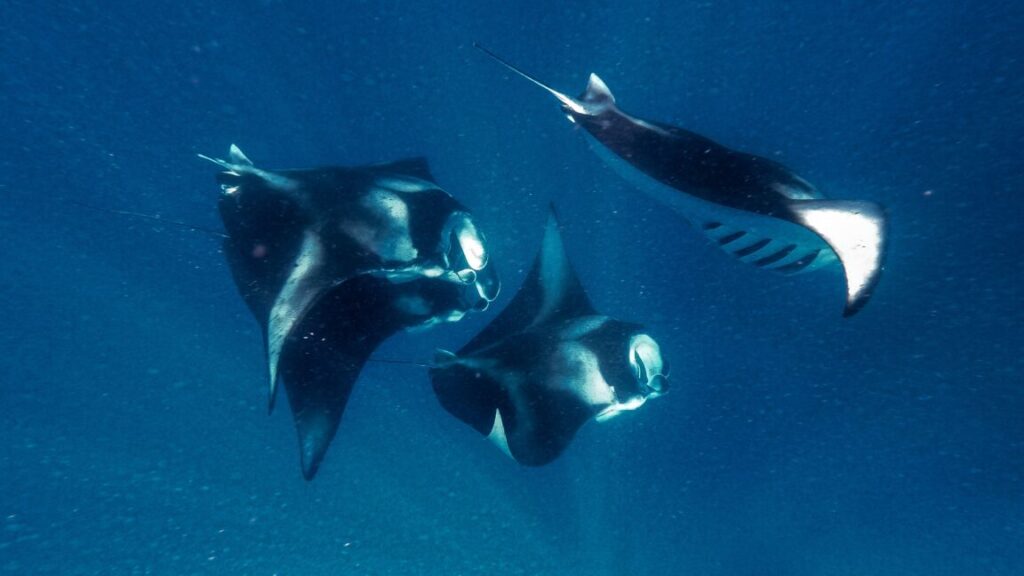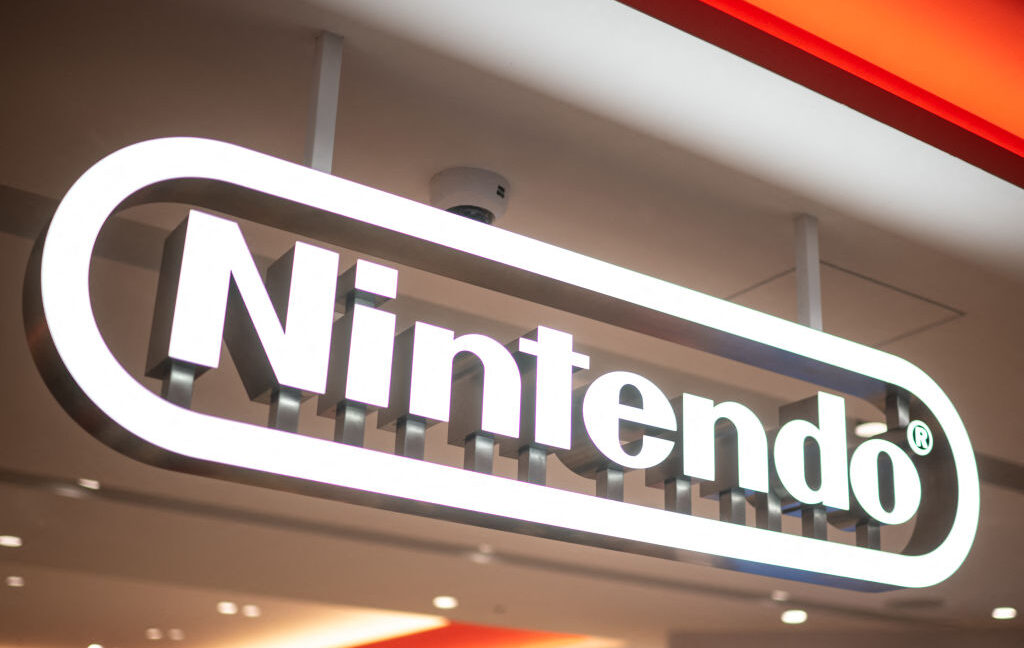US selling 69K seized bitcoins could mess with Trump plans for crypto reserve
At the end of 2024, a US court authorized the Department of Justice to sell 69,370 bitcoins from “the largest cryptocurrency seizure in history.”
At bitcoin’s current price, just under $92,000, these bitcoins are worth nearly $6.4 billion, and crypto outlets are reporting that DOJ officials have said they’re planning to proceed with selling off the assets consistent with the court’s order. The DOJ had reportedly argued that bitcoin’s price volatility was a pressing reason to push for permission for the sale.
Ars has reached out to the DOJ for comment and will update the story with any new information regarding next steps.
A hacker initially stole these bitcoins from Silk Road—an illegal online marketplace where goods could only be bought and sold with bitcoins—in 2012, shortly before the US government shut down the marketplace. The US later discovered the stolen bitcoins in 2020 while conducting further investigations of Silk Road, eventually securing a consent agreement that year from the hacker, who signed the bitcoins over to the government.
Whether the government’s seizure of those bitcoins was proper has been disputed by Battle Born Investments, a company that purchased the assets of bankruptcy estate from an individual who they believed to be either the hacker whose bitcoins were seized or someone “associated with him.”
After a court battle failed to return the bitcoins, Battle Born attempted to unmask the hacker through a Freedom of Information Act (FOIA) request, which sparked a new court fight. But ultimately, in late December, the court agreed with the US government that the hacker had a right to privacy as someone who was the subject of a criminal investigation and shouldn’t be unmasked. That ended Battle Born’s claim to the bitcoins and cleared the way for the government’s sale.
US selling 69K seized bitcoins could mess with Trump plans for crypto reserve Read More »


















